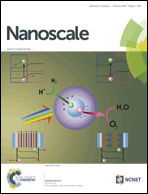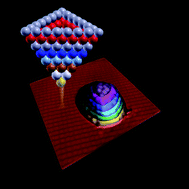The Royal Society of Chemistry’s Prizes and Awards recognise achievements by individuals, teams and organisations in advancing the chemical sciences. There are over 80 Prizes and Awards available covering all areas of the chemical sciences.
You still have time to make your nomination before the deadline on 15th January 2014
As well as the cash prize of up to £5,000 and an inscribed medal , all Prize and Award winners are given the opportunity to present their work to the wider community by giving lectures at several universities around the UK.
Prizes are available in the categories various categories, including Biosciences, Environment, Sustainability and Energy, Materials Chemistry, Physical Chemistry and Industry & Technology.
Please nominate someone or be nominated by a Royal Society of Chemistry member by visiting
http://www.rsc.org/ScienceAndTechnology/Awards/2014-RSC-Prizes-Awards.asp
“The publicity associated with my RSC Award resulted in the increased recognition for all my great colleagues who contributed and supported this programme over the years.” Monica Papworth
Comments Off on Rewarding Excellence, Gaining recognition


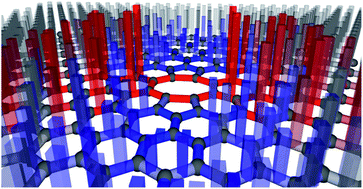









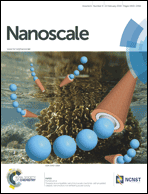 Nanoscale is delighted to present its
Nanoscale is delighted to present its 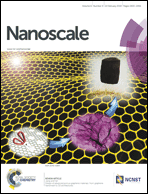

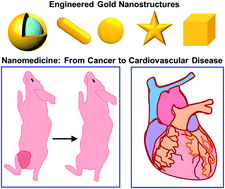
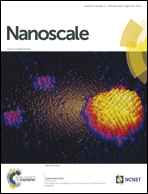 Nanoscale is delighted to present its
Nanoscale is delighted to present its 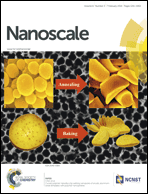
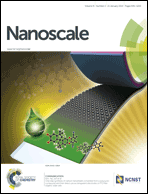 Nanoscale is delighted to present its
Nanoscale is delighted to present its 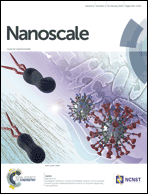
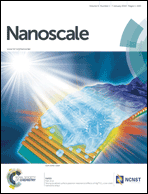 Nanoscale is delighted to present its
Nanoscale is delighted to present its 